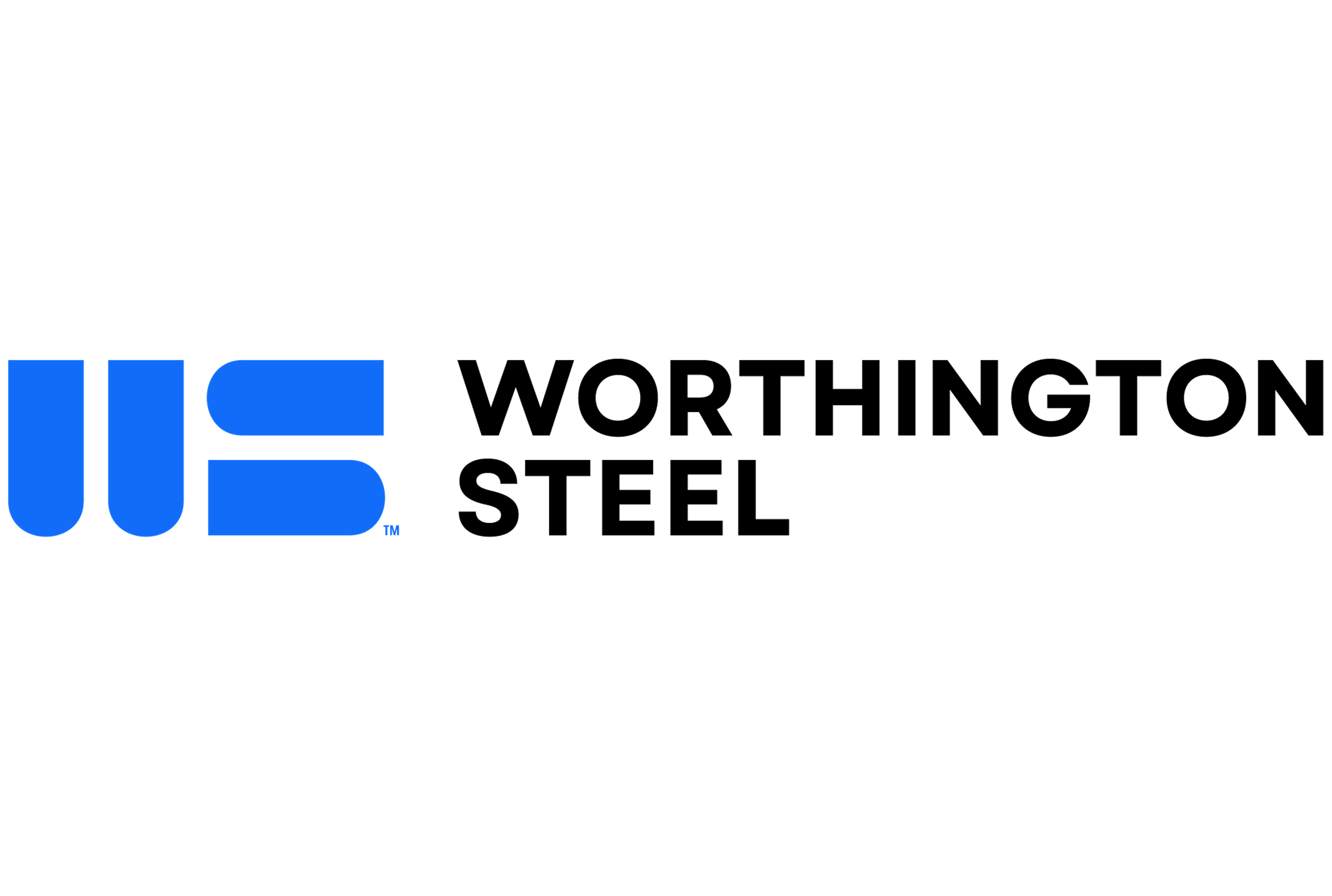Distributors/Service Centers
October 26, 2024
Reliance profits drop on lower prices and near-term uncertainty, better '25 expected
Written by Laura Miller
Reliance Inc. reported a decline in third-quarter earnings due to falling prices, further exacerbated by near-term election and demand uncertainty. With little relief expected through the end-of-year holidays, North America’s largest metals service center group is looking ahead to better days in 2025.
Reliance Inc.
| Third quarter ended Sept. 30 | 2024 | 2023 | Change |
|---|---|---|---|
| Net sales | $3,420.3 | $3,623.0 | -5.6% |
| Net income (loss) | $199.2 | $295.0 | -32.5% |
| Per diluted share | $3.61 | $4.99 | -27.7% |
| Nine months ended Sept. 30 | |||
| Net sales | $10,708.4 | $11,468.6 | -6.6% |
| Net income (loss) | $769.9 | $1,063.2 | -27.6% |
| Per diluted share | $13.55 | $17.92 | -24.4% |
While Reliance’s Q3 sales of $3.42 billion were down 5.6% from last year, net income dropped by nearly a third to $199.2 million.
The Scottsdale, Ariz.-based company said tough pricing conditions, with marked declines in carbon steel and aluminum prices, drove the earnings decline.
“Although metals pricing declined more than anticipated, the inherent resilience of our business model servicing diverse end markets with expansive value-added processing capabilities and quick-turn orders, as well as increased volume, helped mitigate the impact of lower pricing levels,” commented President and CEO Karla Lewis in a statement released with the Q3 earnings report on Thursday, Oct. 24.
“Despite the difficult pricing environment,” SVP and CFO Arthur Ajemyan said on a conference call that same day, “our tons sold surpassed our expectations, leading us to outperform industry shipment levels once again across nearly all products.”
The service center group’s Q3 carbon steel shipments of 1,246,900 short tons (st) grew 8.4% over the year-ago quarter, accounting for 82% of total tons sold across all product lines.
Looking ahead
Following Q3’s strong shipment growth, Reliance expects a modest 6-8% decline in total Q4 shipments due to normal seasonality and temporary macroeconomic headwinds.
Reliance’s leadership cited the upcoming US presidential election as a significant factor contributing to near-term uncertainty among customers.
With the precarious state of the nation’s affairs, the company anticipates further demand weakening across its various end-use markets this quarter. Additionally, it forecasts continued pressure on carbon steel prices to drive a 1.5% to 3.5% sequential decline in average Q4 selling prices.
Lewis mentioned that some customers are planning extended shutdowns for the end-of-year holiday season, contributing to Reliance’s cautious outlook for Q4.
The executive said that once the election is over and we move into the new year, manufacturing activity and demand, bolstered by lower interest rates, will recover as 2025 progresses. Strong tailwinds from unspent dollars from various government initiatives will set the industry up well for 2025, she added.
Lewis told analysts on the call that, regardless of who is elected as the new commander-in-chief, “We’re confident long-term because either administration seems to be supporting manufacturing and trade policy.”





